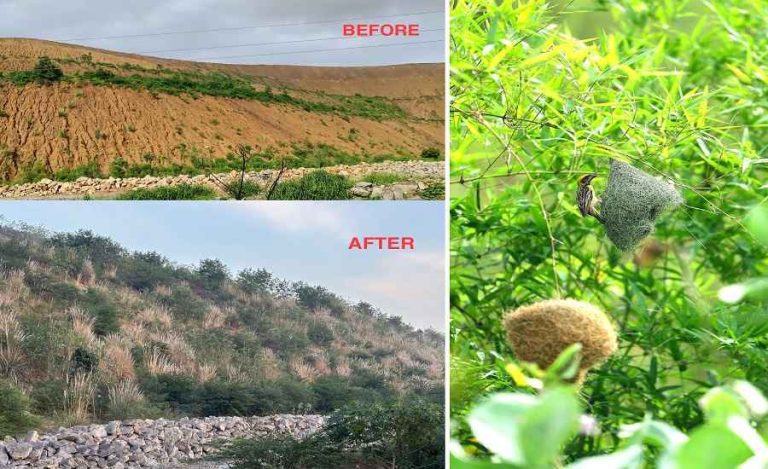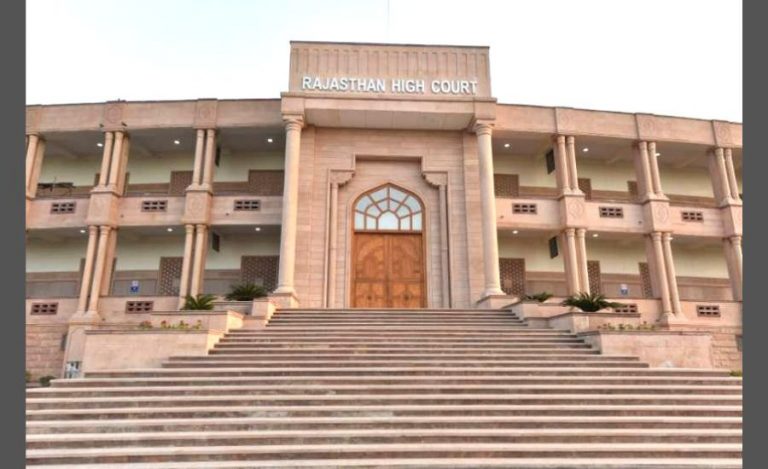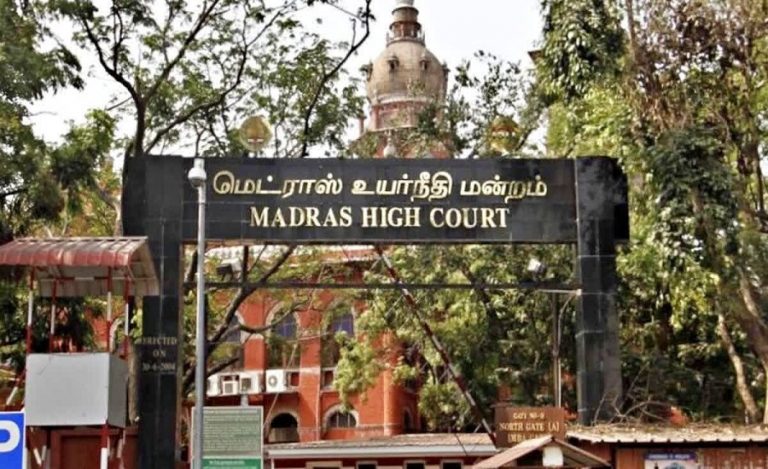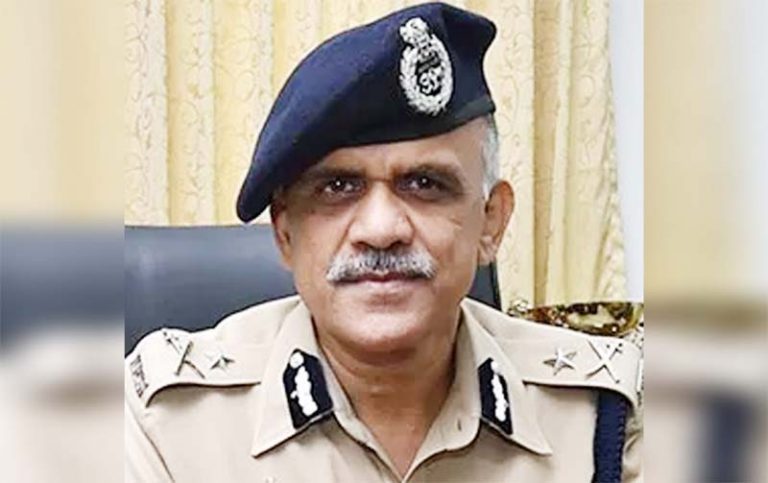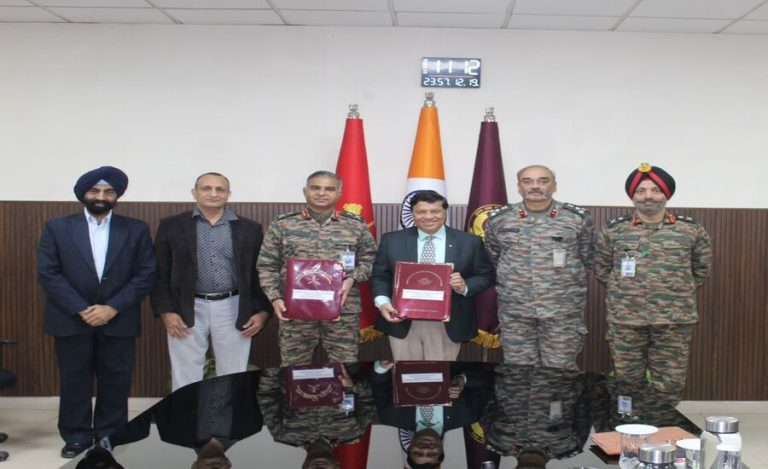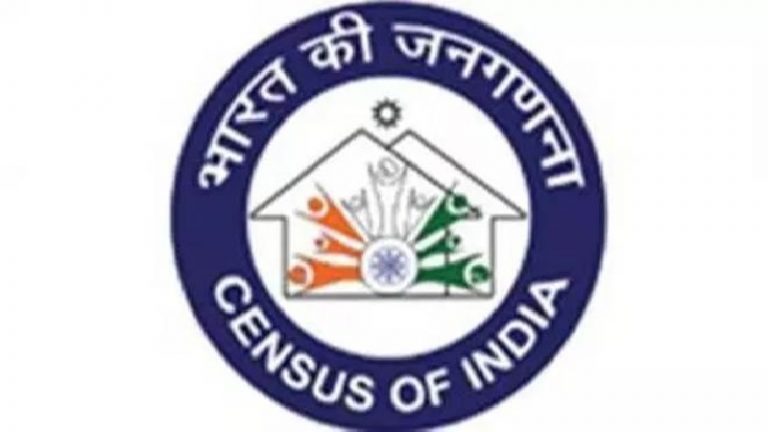It was a world unseen, a melody unheard by many, where river dolphins danced beneath the rippling waters of the Ganga and Brahmaputra. Their presence, fleeting and mystical, spoke of life in the murky depths. Yet, for the first time, their elusive numbers were no longer a mystery.
Between 2021 and 2023, a monumental survey unfolded across the sprawling river basins of India. It was the first-ever comprehensive population estimation of the Gangetic and Indus river dolphins, conducted by the Wildlife Institute of India (WII) under the Union Environment Ministry. The results, unveiled by Prime Minister Narendra Modi on March 3, 2024, painted a picture of hope, concern, and the urgent need for conservation.
Leading this ambitious initiative was IFS officer Virendra Tiwari, the Director of WII, who oversaw the survey that delved deep into India’s arterial rivers, uncovering secrets beneath the waves.
In an exclusive conversation with Indian Masterminds, he shared details about the same.

REVEALING THE HIDDEN WORLD OF RIVER DOLPHINS
The survey uncovered a fascinating reality: India’s rivers were home to an estimated 6,324 Gangetic dolphins, with numbers ranging from 5,977 to 6,688. The Indus dolphin, however, was a whisper in the vastness; only three were found, all in Punjab’s Beas River.
The findings were not just numbers but reflections of the rivers’ health. Dolphins, the apex predators of these waters, served as indicators of the ecosystem’s well-being. Pollution, habitat destruction, and climate change loomed large, shaping their fate.
The team embarked on a journey that spanned 7,109 kilometers of the Ganga, coursing through Uttar Pradesh, Bihar, Jharkhand, West Bengal, Madhya Pradesh, and Rajasthan. The Brahmaputra and its tributaries stretched over 1,297 kilometers, while Punjab’s Beas River covered 101 kilometers in this vast exploration.

THE SCIENCE BEHIND THE SEARCH
Counting dolphins in their natural habitat was no easy feat. These creatures surfaced only for 1.26 seconds before vanishing into the depths for 107 seconds, making sightings difficult and unreliable.
To overcome this, the survey combined visual observation with acoustic technology—an orchestra of science capturing the dolphins’ presence. Underwater microphones, or hydrophones, recorded their signature clicks, a form of echolocation that guided them through the river’s labyrinth.
Observers on boats, traveling at 8-10 km/hr, scanned the waters for surfacing dolphins, ensuring minimal chances of counting the same individual twice. Different methods were employed based on the river’s depth and width:
- Double observer method for deep, wide channels
- Tandem method for narrower rivers
- Single boat method for shallower, smaller waterways
“With 267 personnel deployed and 8,507 kilometers covered over 3,150 mandays, the survey was a feat of coordination and endurance,” shared Mr. Tiwari.
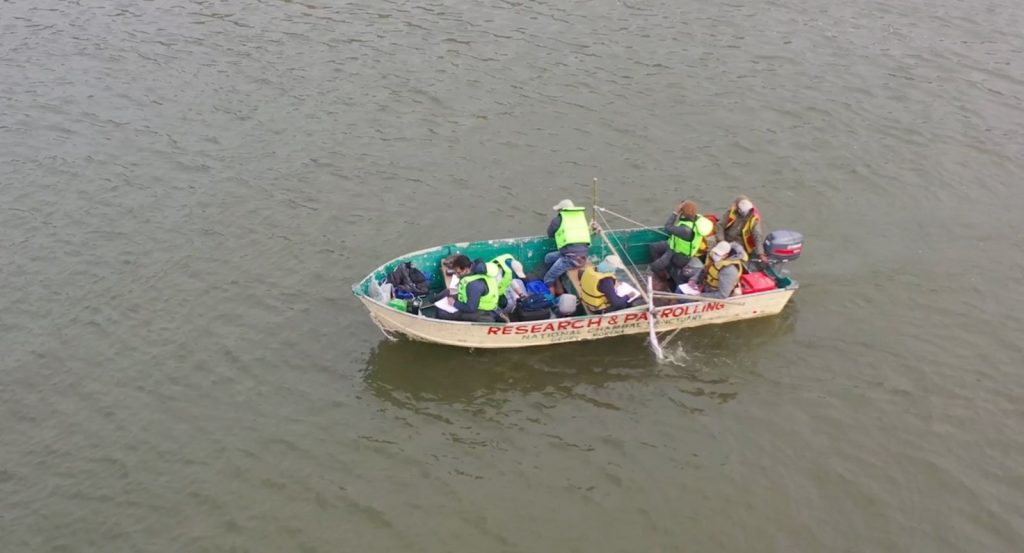
WHERE THE DOLPHINS FLOURISH, AND WHERE THEY FADE
While the Ganga bore witness to an abundance of dolphins, there were stretches where silence reigned. In the Narora-Kanpur stretch, a 366-kilometer expanse, dolphins were almost non-existent, with an encounter rate of a mere 0.1 per km. Similar ‘cold spots’ appeared in Kaushambi-Chitrakoot (Yamuna), Pilibhit (Sharda), and Balrampur-Siddharth Nagar (Rapti).
Yet, there were pockets of life, stretches where the dolphins thrived. Bihar emerged as a stronghold, with an encounter rate of 1.62 dolphins/km, far surpassing Uttar Pradesh’s 0.62 dolphins/km. The confluence of rivers—Ghaghara, Gandak, Kosi, and Son—provided refuge, with the Chausa-Manihar stretch being the most densely populated at 2.20 dolphins/km. In Jharkhand, the Manihari-Rajmahal stretch recorded an even higher 2.75 dolphins/km.
Assam’s Brahmaputra held promise, but its tributaries suffered from low water depth. The Barak River emerged as a cold spot, while the Subansiri and Kulsi rivers showed a decline in dolphin numbers, signaling trouble ahead.
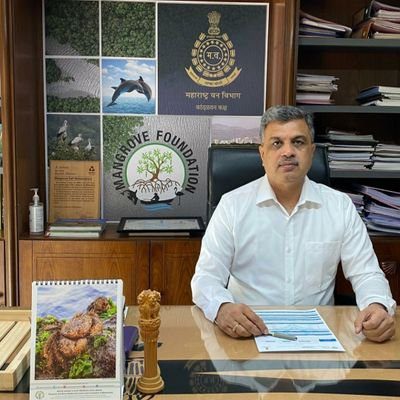
A STRUGGLE AGAINST THE TIDE
The journey was not without obstacles. In some stretches, water levels were too low for boats to pass, forcing researchers to carry them to navigable waters. Weather played its tricks – intense rain, fog, and glare disrupted visibility, pausing the survey.
But the biggest challenge lay beyond the riverbanks. Human activity continued to reshape the dolphins’ world. Unregulated fishing, sand mining, riverbed modifications, and pollution all posed threats, yet the extent of their impact remained unknown.
“Currently, no empirical data exists to quantify how human actions are affecting dolphins. However, unsustainable fisheries and habitat destruction will certainly have consequences. Long-term monitoring will reveal more,” the officer told Indian Masterminds.
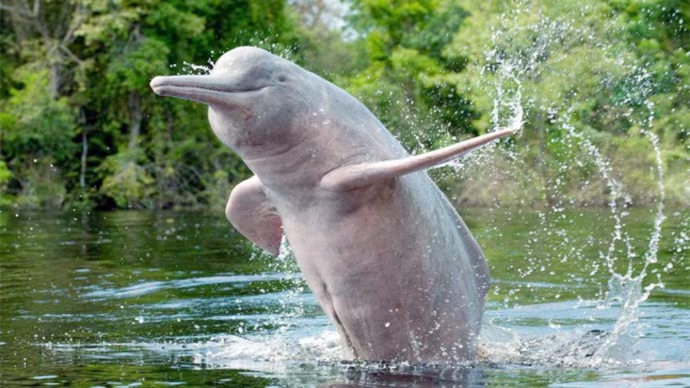
GUARDIANS OF THE RIVERS
As the survey concluded, it left behind not just data but a call to action. The dolphins’ survival depended on the rivers’ health, and the rivers, in turn, relied on those who shared their banks.
“This is more than just a count—it is a mirror to our rivers,” Mr. Tiwari reflected. “If the dolphins thrive, so does the ecosystem.”
The whispers of the dolphins echoed a simple truth: to save them was to save the lifeline of a nation. And in the waters of the Ganga, Brahmaputra, and Beas, their presence—however fleeting—was a reminder that the river still had life left to give.





